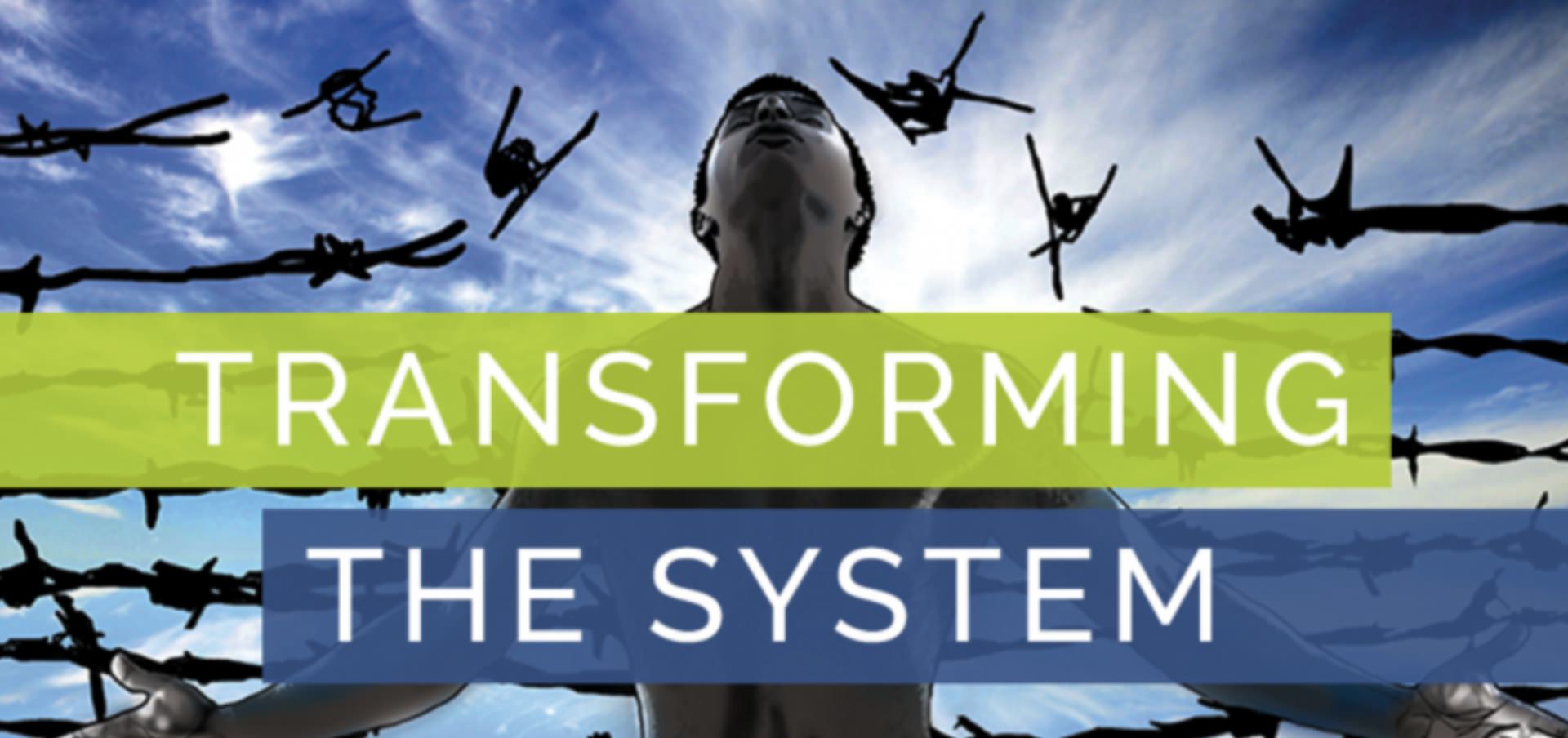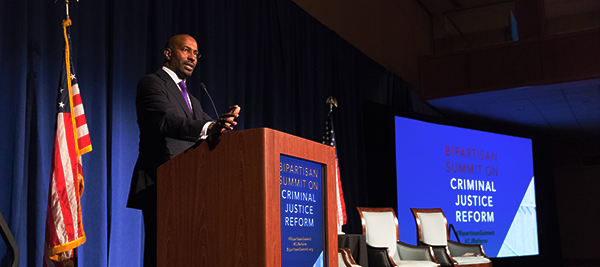Sex Workers Rights, Workers Rights, & Human Trafficking
Introduction
This report examines social media discussions of sex work, human trafficking, and workers rights between 1st January 2014 and 30th September 2016, with a specific focus on the volume and sentiment of social media content over time as well as audience interests and demographics. Our analysis presents several important implications for stakeholders and advocates seeking to develop communications strategy around these issues.
In recent years, as the anti-trafficking movement has galvanized, there has often been a failure to acknowledge the voices and perspectives of sex workers and other communities in vulnerable situations. This oversight has presented far reaching implications not only for sex workers and their experiences with the criminal justice system, but also for how engaged audiences discuss these issues online. Preliminary research conducted by Fenton Communications, which examined discussions of sex work and human trafficking on Twitter, found that two competing narratives currently shape online discussions of sex work and human trafficking — a pro-sex work or decriminalization narrative, which advocates for the decriminalization of sex work and the recognition of sex workers rights, and an opposing criminalization of sex work narrative, which generally centers discussion on the trafficking of women and children. In order to effectively build a strategy that fights for the dignity and rights of all workers, advocates and other stakeholders must adopt a holistic approach that recognizes the pressing need to address human trafficking without undermining the efforts and rights of sex workers.
In this report, we provide guidance and advice to advocates seeking to better understand discussions of human trafficking, sex workers rights, and workers rights in general. It begins with an overview of key findings and concludes with guidance and recommendations for audience engagement and online outreach.
About The Opportunity Agenda
The Opportunity Agenda was founded in 2006 with the mission of building the national will to expand opportunity in America. Focused on moving hearts, minds, and policy over time, the organization works with social justice groups, leaders, and movements to advance solutions that expand opportunity for everyone. Through active partnerships, The Opportunity Agenda synthesizes and translates research on barriers to opportunity and corresponding solutions, uses communications and media to understand and influence public opinion, and identifies and advocates for policies that improve people’s lives. To learn more about The Opportunity Agenda, go to our website at www.opportunityagenda.org
Acknowledgments
The Opportunity Agenda wishes to thank and acknowledge the many people who contributed their time, energy, and expertise to the research and writing of this report. The social media analysis and recommendations were researched and written by Lucy Odigie-Turley and Julie Fisher-Rowe. The research was supervised and edited by Juhu Thukral. We also want to express our great appreciation to Margo Harris, who edited and proofread the report, and Ross Mudrick for providing publication and editing assistance.
Special thanks to our partner, US Human Rights Network, who provided feedback and support through the drafting of this research.
Methodology
Analysis of social media data was conducted using Crimson Hexagon, a leading social media analytics software that provides access to publicly available social media data including, but not limited to, Twitter, Facebook, Instagram, blogs, forums/popular message boards such as Reddit, mainstream news article comments, reviews, and YouTube comments. Crimson Hexagon enables users to create monitors1 for any topic or set of phrases and establish customized timeframes for data analysis. Once a monitor is established, Crimson Hexagon’s algorithm, created by Harvard University professor Gary King, categorizes relevant social media data—identifying content volume trends, patterns in conversation, demographics, sentiment shift over time, and audience segment interests/affinities. Interests and affinities are generated by analyzing the social media habits of audiences partaking in particular online discussions (i.e., what brands, topics, or media sources this audience segment tends to share) to generate a list of interests, which can then be compared to other audience segments. Crimson Hexagon’s demographics are calculated using a probabilistic approach that incorporates census data with publicly available data.
To gain a more holistic understanding of narratives concerning human trafficking, sex work, and workers rights online, we created two separate buzz monitors2. The first monitor examined online discussions of both human trafficking and sex workers rights in order to identify how these two issues currently intersect and which narratives tend to dominate. This dual issue monitor included the phrases “sex work,” “sex workers rights,” “trafficking,” “human trafficking,” “end trafficking,” and a number of other related terms. The second monitor examined online discussions of workers rights independently of discussions of human trafficking and sex work. This monitor included phrases such as “workers rights,” “rights of workers,” and “workers rights movement.”
The two-year timeframe enabled us to examine longitudinal data and identify more long-term patterns in the data. In the overall data population (which consisted of 13,832,463 posts) the majority of analyzed data originated from Twitter, with a total of 9,273,500 Twitter posts; 194,151 posts came from Facebook, and a total of 2,574,052 posts originated from popular blogs, news comment sections, and Google Plus comments. Sampled social media posts are accompanied by a Klout Score, which is a number between 1 and 100 that represents how influential the person sharing the content is. The more influential a person (in terms of share of audience and reach), the higher the Klout Score.
Key Findings
- Discussions of sex work and, to a lesser extent, human trafficking have shifted since 2014. There are clear signs that the sex workers rights movement has gained some ground among key online audiences. Although social media discussions concerning sex work and human trafficking are still dominated by references to “sex trafficking” and narratives that tend to conflate sex work with human trafficking and child abuse, trends indicate that narratives centered on sex workers rights (as a separate topic removed from discussions of human trafficking) are becoming more widespread online.
- A number of the top influencers on Twitter3 are advocates of sex workers rights, again suggesting that the pro–sex workers rights narrative is gaining traction among social media audiences. At the same time, much of the content shared by the most influential anti–human trafficking advocates makes reference to “sex trafficking” and “prostitution,” a finding that suggests more outreach and messaging is needed specifically targeting this population of advocates.
- Amnesty International’s pro–sex workers rights declaration resulted in a significant spike in discussions concerning sex work and human trafficking, demonstrating the important role some NGOs are playing in shaping narratives concerning sex work and human trafficking. Amnesty’s August 2015 intervention may provide an important model for other organizations or advocates seeking to shift the narrative on sex work and human trafficking.
There is significant overlap between the focus and interest of online audiences discussing workers rights and audiences engaging in discussions related to human trafficking and sex workers rights. Analysis of online discussions of workers rights, disaggregated from discussion of human trafficking or sex work, reveals that audiences for workers rights are already incorporating many of the core values/goals of anti-trafficking and sex workers rights’ advocates—specifically, an emphasis on human rights and gender equality. This finding suggests there is an important opening for advocates seeking to foster cross-issue support and engagement among key audiences.
1 A saved search or query is referred to as a monitor.
2 A “buzz monitor” is one of the three monitor options Crimson Hexagon offers. A buzz monitor allows users to examine online conversations across social media platforms and also enables users to track and gauge the volume of a conversation over time (Crimson Hexagon, 2016). Specifically, among audiences who engage in Twitter discussions related to human trafficking and sex work.
3 Specifically, among audiences who engage in Twitter discussions related to human trafficking and sex work.




